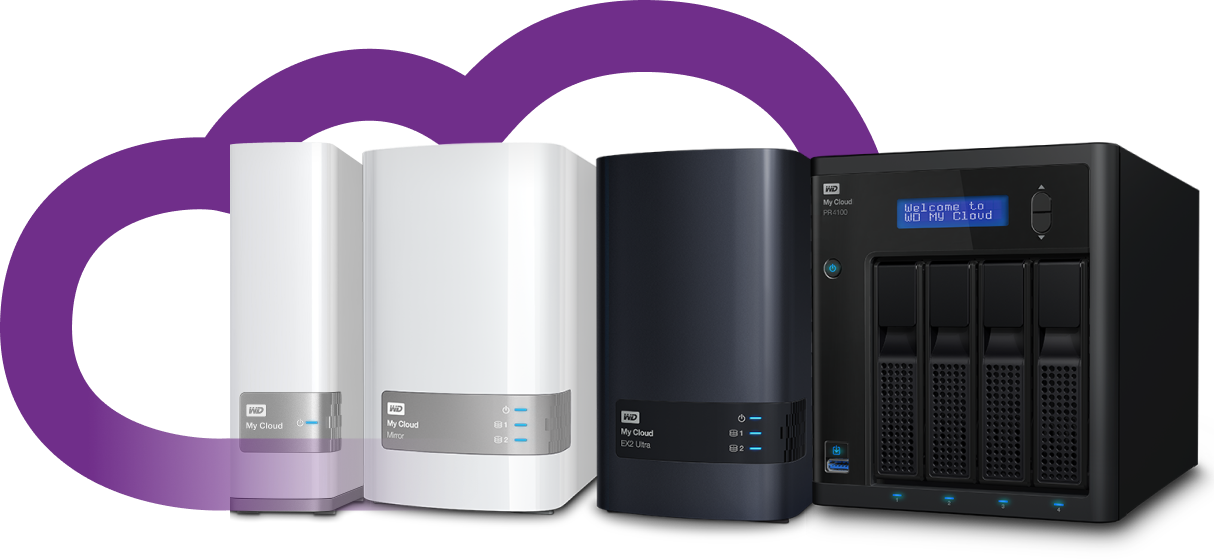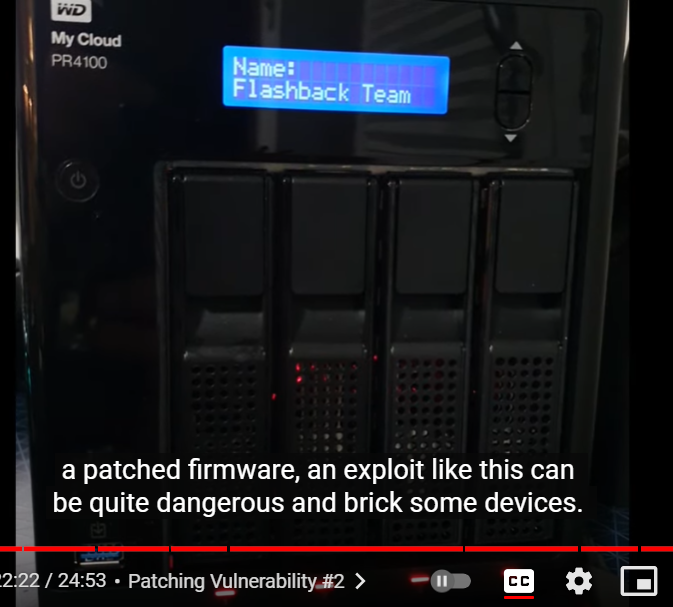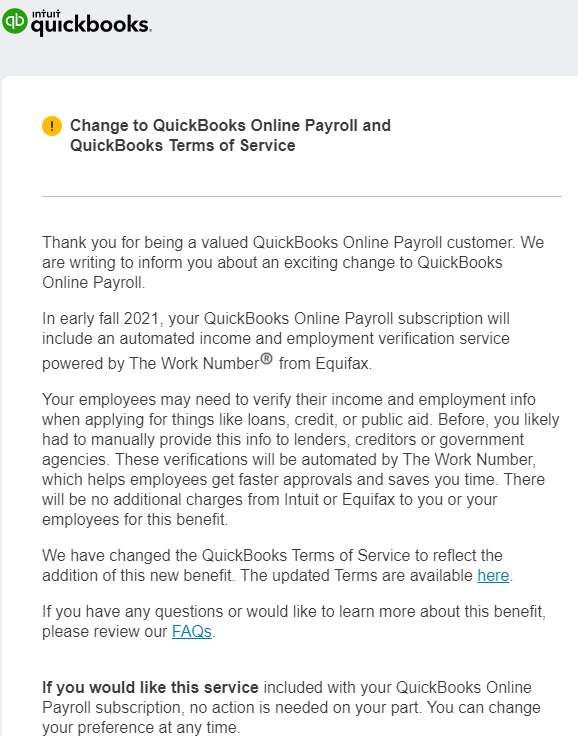Sarah Guo, Kobie Fuller & Casey Aylward headline investor panel at TC Sessions: SaaS
While SaaS has become the default way to deliver software in 2021, it still takes a keen eye to find the companies that will grow into successful businesses, maybe even more so with so much competition. That’s why we’re bringing together three investors to discuss what they look for when they invest in SaaS startups.
For starters, we’ll have Sarah Guo, who has been a partner at Greylock since 2013 where she concentrates on AI, cybersecurity, infrastructure and the future of work — all in a SaaS context of course. Among her investments are Obsidian, Clubhouse and Awake. Her exits include Demisto, which Palo Alto acquired for $560 million in 2019 and Skyhigh Networks, which McAfee bought for $400 million in 2018.
Prior to joining Greylock, she worked for Goldman Sachs investing in growth-stage companies and advising SaaS companies like Dropbox and Workday.
Next we’ll have Kobie Fuller, a partner at Upfront Ventures, who looks at SaaS as well as AR and VR. Fuller has been at Upfront since 2016 when he joined after a three-year stint at Accel. He oversaw a pair of billion dollar exits while at Accel including ExactTarget to Salesforce for $2.5 billion and Oculus to Facebook for $2 billion. Upfront investments include Bevy, community building software, which recently got a $40 million investment with 20% of that coming from 25 Black investors.
Finally, we’ll have Casey Aylward, a principal at Costanoa Ventures where she concentrates on early-stage enterprise startups. Among her investments have been Aserto, Bigeye and Cyral. She tends to concentrate on developer tools. “My entire career so far has been focused on developers: whether it was building tools for developers, building software myself or now investing in enabling technologies for the next generation of technical users,” she wrote on her bio page.
This prestigious group will share their thoughts at TC Sessions: SaaS, a one-day virtual event that will examine the state of SaaS to help startup founders, developers and investors understand the state of play and what’s next. We hope you’ll join us.
The single-day event will take place 100% virtually on October 27 and will feature actionable advice, Q&A with some of SaaS’s biggest names and plenty of networking opportunities. Importantly, $75 Early Bird passes are now on sale. Book your passes today to save $100 before prices go up.
( function() {
var func = function() {
var iframe = document.getElementById(‘wpcom-iframe-c594f6a45f3ff3eabbf91af2a7d9403e’)
if ( iframe ) {
iframe.onload = function() {
iframe.contentWindow.postMessage( {
‘msg_type’: ‘poll_size’,
‘frame_id’: ‘wpcom-iframe-c594f6a45f3ff3eabbf91af2a7d9403e’
}, “https://tcprotectedembed.com” );
}
}
// Autosize iframe
var funcSizeResponse = function( e ) {
var origin = document.createElement( ‘a’ );
origin.href = e.origin;
// Verify message origin
if ( ‘tcprotectedembed.com’ !== origin.host )
return;
// Verify message is in a format we expect
if ( ‘object’ !== typeof e.data || undefined === e.data.msg_type )
return;
switch ( e.data.msg_type ) {
case ‘poll_size:response’:
var iframe = document.getElementById( e.data._request.frame_id );
if ( iframe && ” === iframe.width )
iframe.width = ‘100%’;
if ( iframe && ” === iframe.height )
iframe.height = parseInt( e.data.height );
return;
default:
return;
}
}
if ( ‘function’ === typeof window.addEventListener ) {
window.addEventListener( ‘message’, funcSizeResponse, false );
} else if ( ‘function’ === typeof window.attachEvent ) {
window.attachEvent( ‘onmessage’, funcSizeResponse );
}
}
if (document.readyState === ‘complete’) { func.apply(); /* compat for infinite scroll */ }
else if ( document.addEventListener ) { document.addEventListener( ‘DOMContentLoaded’, func, false ); }
else if ( document.attachEvent ) { document.attachEvent( ‘onreadystatechange’, func ); }
} )();
![]()









